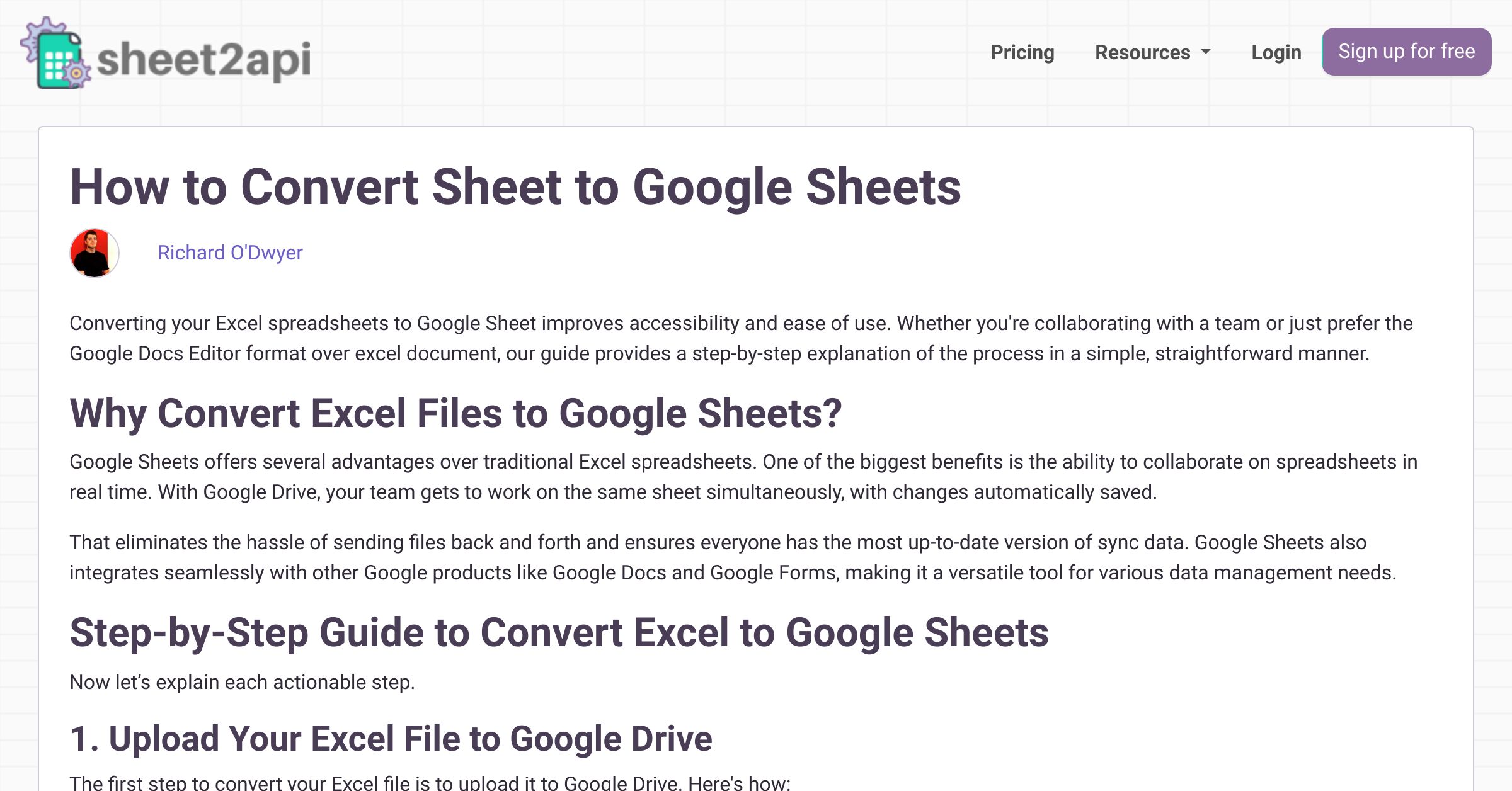5 Simple Steps to Convert Excel Estimates to Check Sheets

Transforming your Excel estimates into practical check sheets not only improves accuracy but also streamlines the process of managing projects or tasks. Here's how you can achieve this in just five simple steps.
Step 1: Open Your Excel Workbook

Start by opening your Excel workbook where the estimates are stored. Ensure you have access to all the sheets or the specific sheet containing your estimates. Here’s what you should do:
- Open Microsoft Excel.
- Navigate to the file location where your estimates are saved.
- Double-click to open the workbook or use the “File” > “Open” menu to locate your file.
💡 Note: If you’re working with a shared or protected document, make sure you have the necessary permissions to modify it.
Step 2: Identify Key Information

Identify the crucial data points from your estimates that need to be included in your check sheet:
- Quantities of materials or labor
- Cost per unit
- Total costs
- Time estimates
- Task descriptions
This information will form the basis of your check sheet.
Step 3: Create a Template for Your Check Sheet

On a new sheet within the same workbook or in a new file:
- Add headers for columns like ‘Task’, ‘Quantity’, ‘Unit Cost’, ‘Total Cost’, ‘Time’, and ‘Status’.
- Format these headers using bold or color to distinguish them from the data entries.
- If applicable, include additional columns for notes, comments, or any specific details related to tasks or items.
Here is how your template might look:
| Task | Quantity | Unit Cost | Total Cost | Time | Status |
|---|---|---|---|---|---|
| Build Wall Frame | 30 units | 150.00</td> <td>4,500.00 | 2 days | Pending |

Step 4: Copy and Adjust Data from Estimates

Now, you will copy the necessary data from your estimates:
- Select and copy the relevant information from your estimate sheet.
- Paste this data into your newly created check sheet template.
- Adjust the data to fit the columns and format of your check sheet:
- Make sure all tasks are described appropriately.
- Recalculate or adjust quantities and costs if needed.
- Ensure time estimates are realistic and in the right format.
📌 Note: Use Excel functions like CONCAT or SUM for dynamic and error-free data entry.
Step 5: Finalize and Share the Check Sheet

Before you distribute your check sheet:
- Review all the data to ensure accuracy.
- Set conditional formatting for automatic status updates (like ‘Pending’, ‘In Progress’, ‘Completed’).
- Consider adding data validation to limit input errors.
- Protect the sheet or workbook to prevent unauthorized changes, if necessary.
Once everything is ready, share your check sheet with the relevant team members through email, cloud storage, or any collaboration platform you use.
In conclusion, converting your Excel estimates to check sheets is not only a practical way to manage tasks and projects but also enhances the efficiency and accuracy of your work. By following these five steps, you ensure that your estimates are transformed into actionable documents that can be easily tracked and updated as the project progresses. Remember to tailor these steps to fit the specific needs of your project or team, ensuring a smoother workflow.
What if my estimate sheet has more columns than my check sheet template?

+
You can either expand your check sheet template to include additional relevant columns or use Excel functions to consolidate or extract the necessary data into the check sheet format.
How do I keep the check sheet updated with changes in the original estimates?

+
Use Excel’s linking feature to ensure that any changes made in the estimate sheet automatically update in your check sheet. Alternatively, schedule periodic updates or use collaborative tools for real-time syncing.
Can the check sheet be used for different types of projects?

+
Yes, the template can be modified to suit various project types by adjusting the columns, formatting, and data entry to reflect the specific needs of each project or task type.



